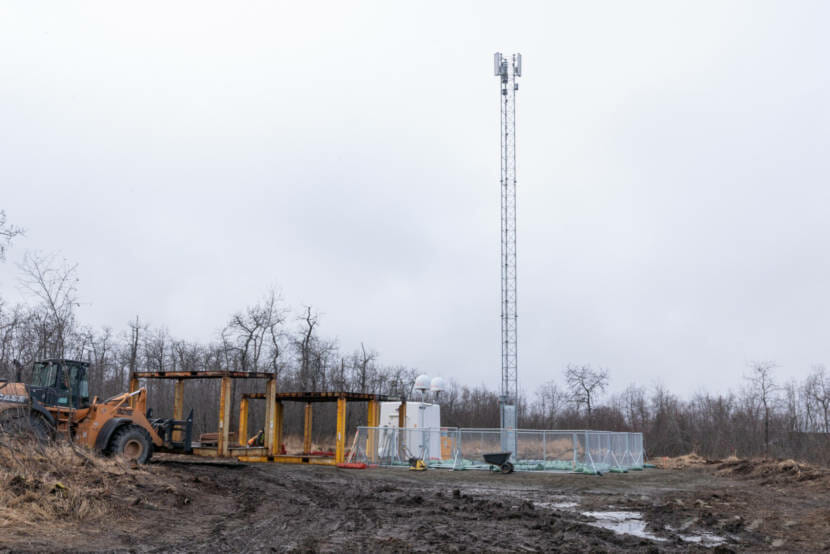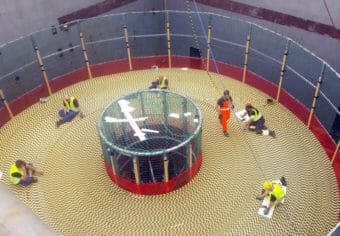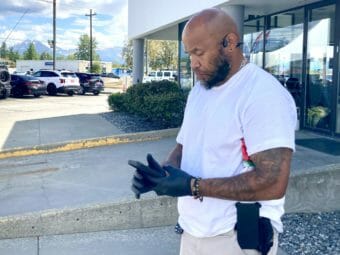
Providing every Alaskan with a high-speed internet connection is a challenge, considering the state’s far-flung geography and extreme weather. But the new federal infrastructure law has $1.5 billion for broadband in Alaska. And that could help the state reach its goal.
Hallie Bissett, the chair of Gov. Mike Dunleavy’s task force on broadband, said the amount of money coming into Alaska is a huge opportunity to connect the state.
The task force just wrote a report that could help the state decide how to spend that $1.5 billion.
Bissett said the first step will be to connect some communities using satellites.
“We have so many villages that are still not even getting … basic service,” she said.
Eventually, the goal is to connect communities across the state with fiber-optic cables.
One of the hoops the state must jump through is to establish a new broadband office, as required by federal rules. Bissett said the office will also be important to making sure all broadband money is spent effectively. And broadband money won’t just be coming from the federal infrastructure law. Another opportunity will be for the state to work with tribal organizations, which are also receiving federal broadband funding.
The task force report said federal funding should be used to make the costs to internet customers equitable because some communities will be more expensive to connect.
It will take some time for the new federal infrastructure money to reach communities. First, the federal government must map existing internet connections, down to the individual buildings. That may not be done until late in 2022 or early in 2023.
Bissett said the best guess now is that it will take up to 10 years to connect the entire state with broadband.
“I think the real goal here is to get individual service out for every single citizen,” she said.
Other task force recommendations include streamlining state permitting for broadband projects and establishing a board to advise the state on broadband, as well regional broadband planning committees to work with local government, Native leaders and the general public.
One area where broadband can make a difference is in schools. State Education Commissioner Michael Johnson served on the task force. He says broadband access is essential to students.
“You can teach well without technology, but technology extends the benefit of access to content,” Johnson said. “Technology extends the benefit of a great teacher to more and more kids.”
Dunleavy now must decide what to do with the task force’s recommendations.


